Federal and industry-matched funding will move 11 PNNL technologies closer to commercialization where they will help bolster U.S. competitiveness.
Tag: Materials Science
Materials researcher honored with ACerS’s 2021 Orton Lectureship
The American Ceramics Society (ACerS) has selected Clive Randall, director of the Materials Research Institute and distinguished professor of materials science and engineering, to give the 2021 Edward Orton, Jr. Memorial Lecture at the 2021 ACerS’s Annual Meeting.
How to Make Lithium-ion Batteries Invincible
Berkeley Lab scientists have made significant progress in developing battery cathodes using a new class of materials that provide batteries with the same if not higher energy density than conventional lithium-ion batteries but can be made of inexpensive and abundant metals. Known as DRX, which stands for disordered rocksalts with excess lithium, this novel family of materials was invented less than 10 years ago and allows cathodes to be made without nickel or cobalt.
An Ally for Alloys
Machine learning techniques are accelerating the development of stronger alloys for power plants, which will yield efficiency, cost, and decarbonization benefits.
Internships Put Futures in Flight
PNNL intern Ki Ahn spent this past year as an undergraduate at PNNL gaining hands-on research experience in clean energy storage technologies for vehicles and aviation. Ahn is enrolling in Stanford University this fall to finish his bachelor’s degree. With plans to major in mechanical engineering or computer science, he wants to explore how future aircraft technologies can be designed to reduce harmful environmental effects.
A Keen Eye Behind the Microscope
PNNL’s Dongsheng Li’s crystal formation research helped reveal why nanoparticles sometimes self-assemble into five-sided shapes. The discovery will potentially be useful in medical research, electronics, and other applications.
Swiss-cheese design could help scientists harness the power of the sun
The big holes in Swiss cheese help make it a tasty treat. Now, scientists at PPPL are adding tiny, Swiss-cheese-type holes to components to improve the process of bringing to Earth the fusion energy that powers the sun and stars.
Graduate student finalists show their work during research elevator pitch competition
Penn State graduate students in materials science and materials engineering learn valuable career skills such as concise presentation of their research and win prizes during the 2021 Millennium Café PPG Elevator Pitch Competition on May 15 and May 18.
Two Henry Samueli School of Engineering scientists win DOE early career awards
Irvine, Calif., May 27, 2021 — The U.S. Department of Energy Office of Science has awarded funding to two University of California, Irvine scientists under its DOE Early Career Research Program. Mohammad Abdolhosseini Qomi, assistant professor of civil and environmental engineering, and Penghui Cao, assistant professor of mechanical and aerospace engineering, were among 83 researchers selected from university and national laboratory applicants to receive the research awards.
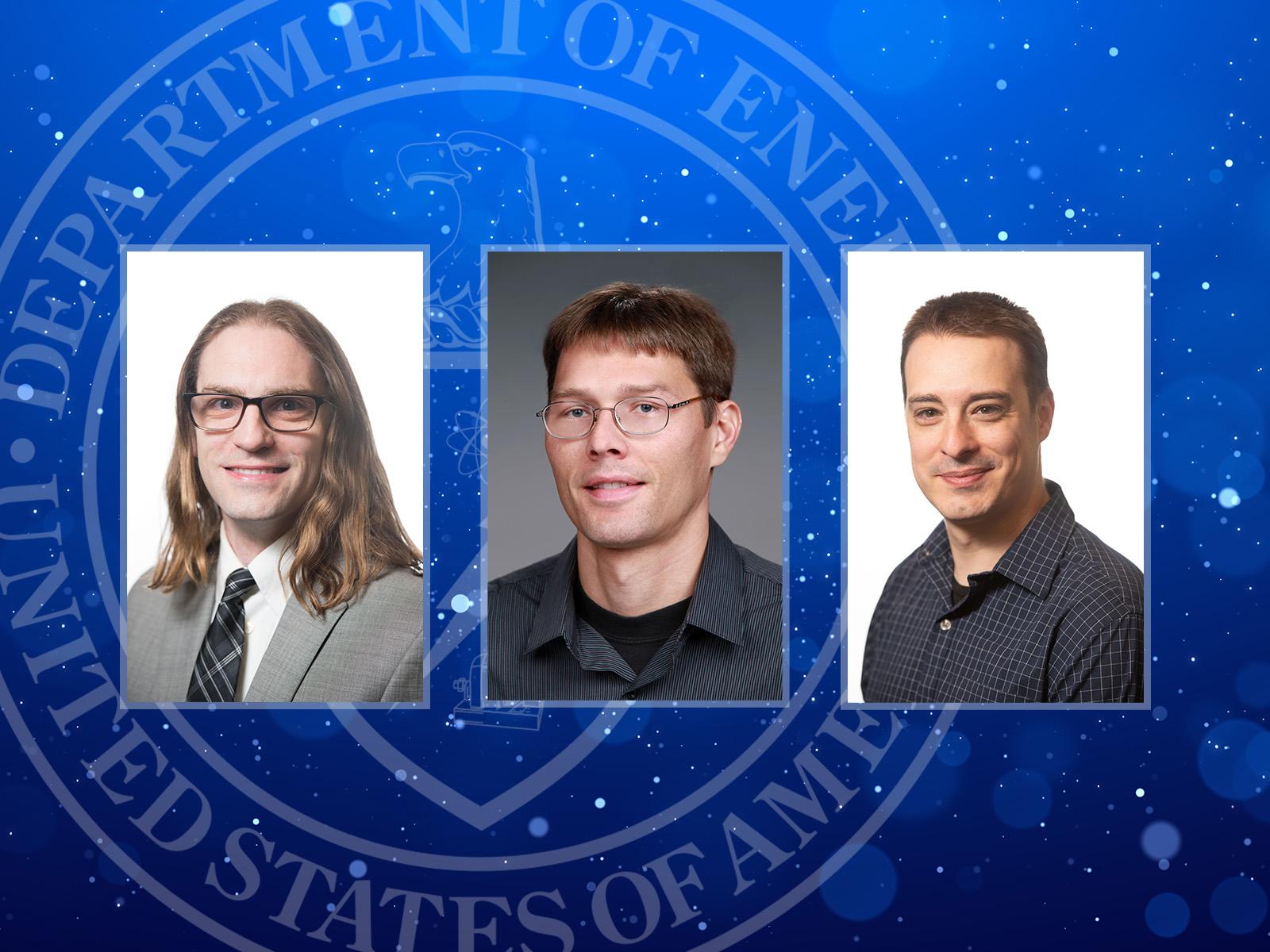
Scientists Earn Early Career Awards
The DOE Early Career Research Program supports exceptional researchers during the crucial early years of their careers and helps advance scientific discovery in fundamental sciences
Harvesting Light Like Nature Does
A new class of bio-inspired two-dimensional (2D) hybrid nanomaterials mimic the ability of photosynthetic plants and bacteria.
NUS scientists create a new type of intelligent material
Researchers from the National University of Singapore have created a new class of intelligent materials. It has the structure of a two-dimensional (2D) material, but behaves like an electrolyte – and could be a new way to deliver drugs within the body.
Clingy Copper Ions Contribute to Catalyst Slowdown
PNNL scientists, working with researchers at Washington State University and Tsinghua University, discovered a mechanism behind the decline in performance of an advanced copper-based catalyst. The team’s findings, featured on the cover of the journal ACS Catalysis, could aid the design of catalysts that work better and last longer during the NOx conversion process.
Energy for the Long Run
Physical chemist Marcel Baer brings meticulous care to understanding how energy moves through molecules.
ORNL’s Sergei Kalinin elected Fellow of the Microscopy Society of America
Sergei Kalinin, a scientist and inventor at the Department of Energy’s Oak Ridge National Laboratory, has been elected a Fellow of the Microscopy Society of America professional society.
A silver lining for extreme electronics
Tomorrow’s cutting-edge technology will need electronics that can tolerate extreme conditions. That’s why a group of researchers led by Michigan State University’s Jason Nicholas is building stronger circuits today. Nicholas and his team have developed more heat resilient silver circuitry with an assist from nickel. The team described the work, which was funded by the U.S. Department of Energy Solid Oxide Fuel Cell Program, on April 15 in the journal Scripta Materialia. The types of devices that the MSU team is working to benefit — next-generation fuel cells, high-temperature semiconductors and solid oxide electrolysis cells — could have applications in the auto, energy and aerospace industries.
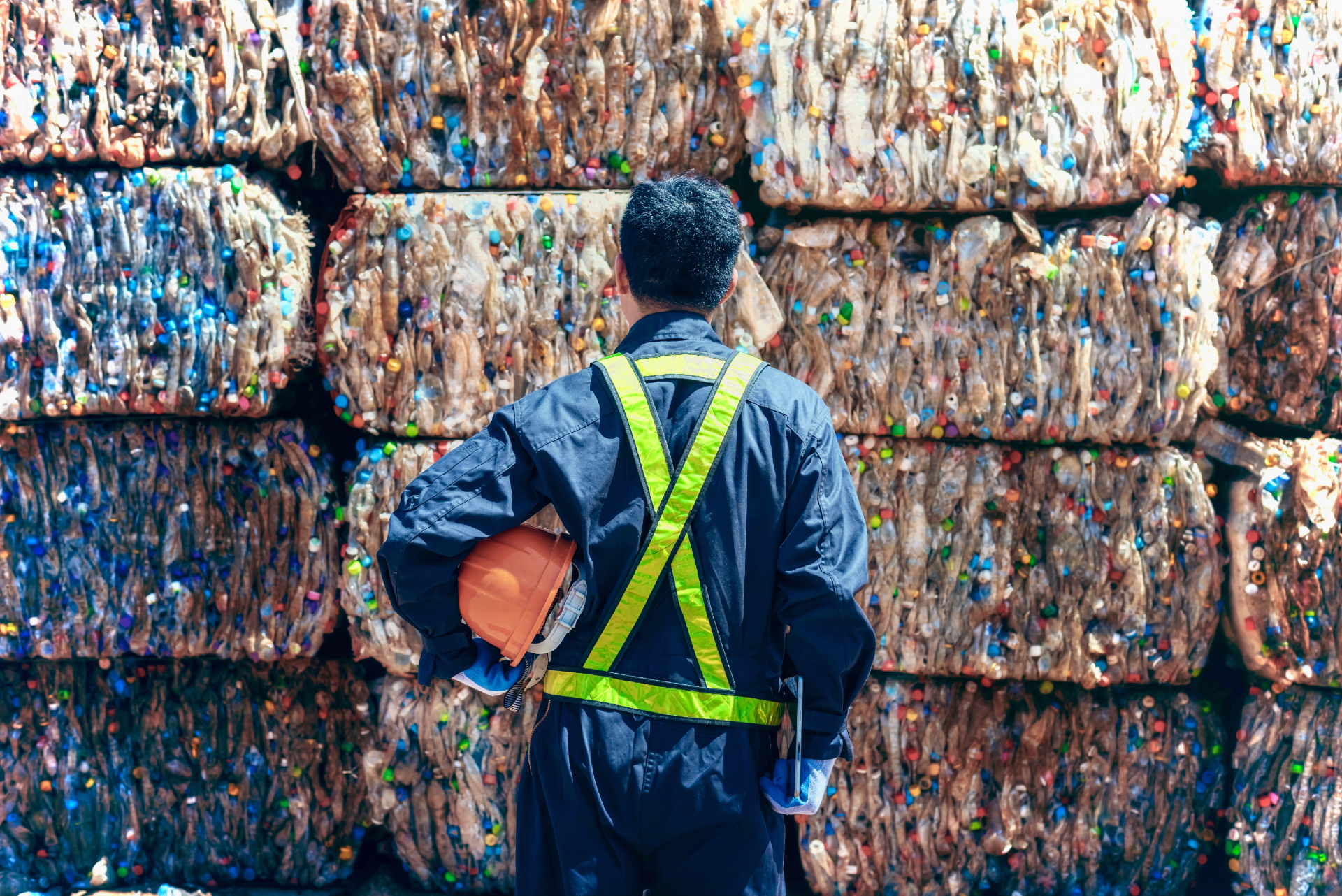
The Future Looks Bright for Infinitely Recyclable Plastic
Plastics are ubiquitous, but they’re not practical. Less than 10% are recycled, and the other ~8 billion tons are creating a pollution crisis. A Berkeley Lab team is determined to change that. A new analysis shows producing and recycling their game-changing new plastic could be easy and cheap enough to leave old plastics in the dust.
MATERIALS RESEARCH SOCIETY FELLOW
David C. Martin, the Karl W. and Renate Böer Chaired Professor of Materials Science and Engineering, has been named a 2021 Fellow of the Materials Research Society (MRS) “for the design, synthesis, and characterization of conjugated polymers for interfacing electronic biomedical devices with living tissue; and for service to the MRS and broader materials community.”
Using sound waves to make patterns that never repeat
Mathematicians and engineers at the University of Utah have teamed up to show how ultrasound waves can organize carbon particles in water into a sort of pattern that never repeats. The results, they say, could result in materials called “quasicrystals” with custom magnetic or electrical properties.
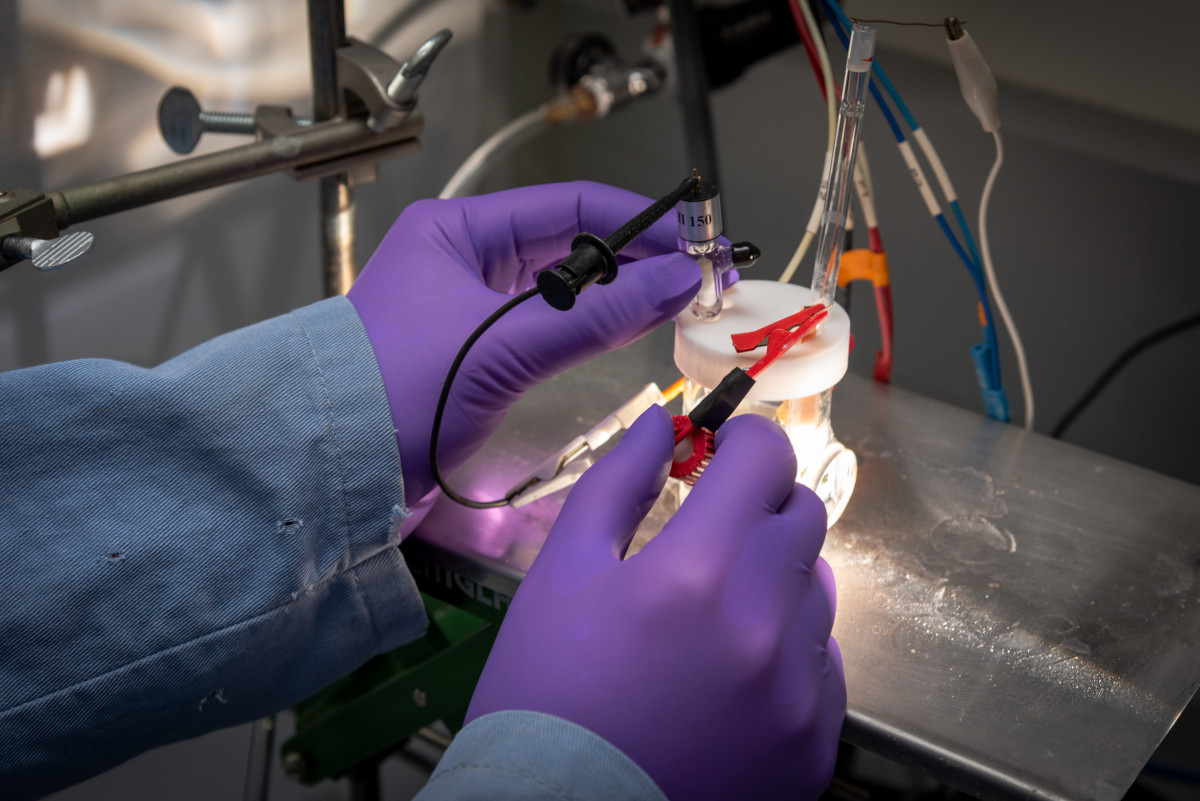
This hydrogen fuel machine could be the ultimate guide to self improvement
Scientists at Berkeley have uncovered an extraordinary self-improving property that transforms an ordinary semiconductor into a highly efficient and stable artificial photosynthesis device
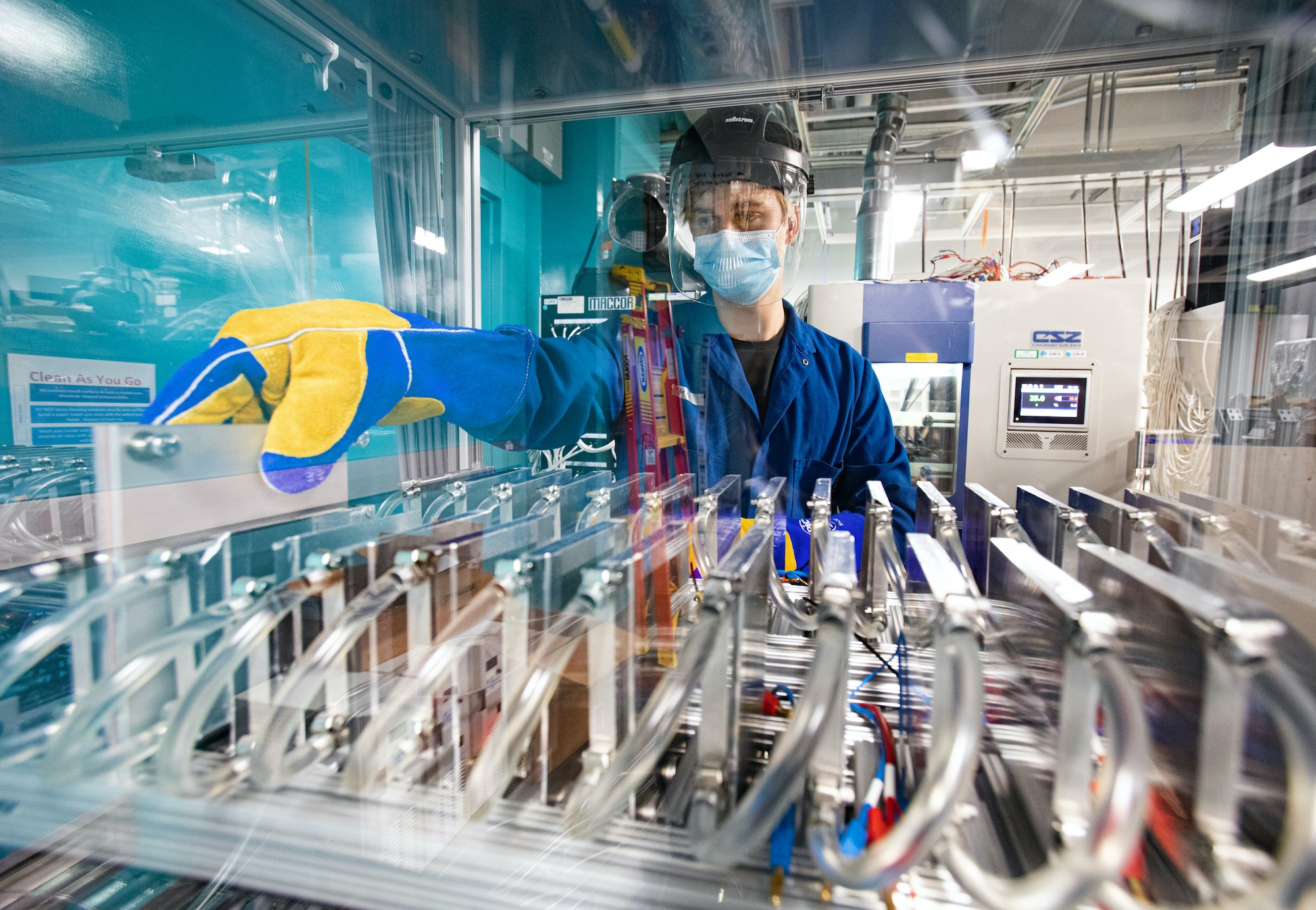
April Snapshots
Science Snapshots from Berkeley Lab: X-rays accelerate battery R&D; infrared microscopy goes off grid; substrates support 2D tech
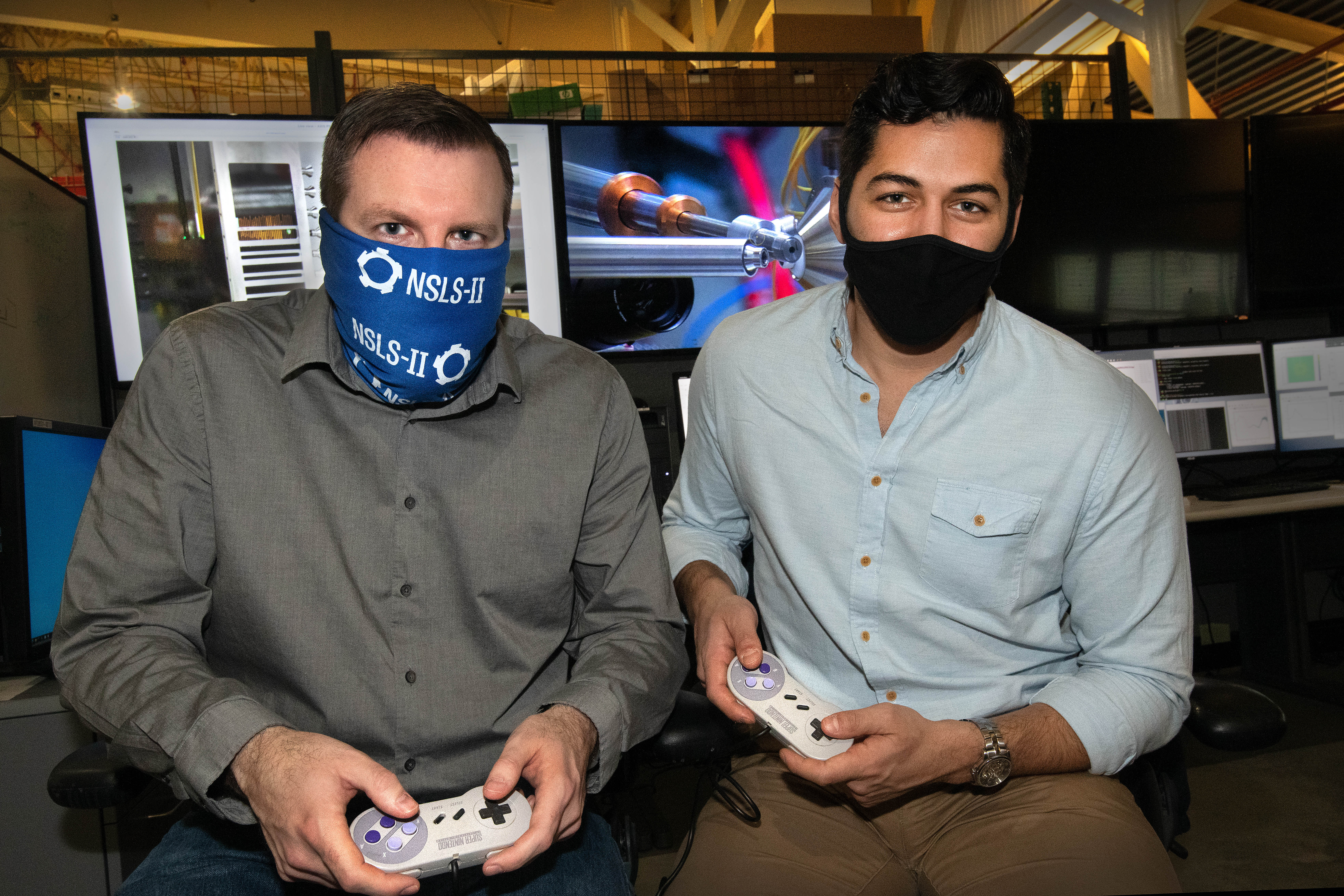
Game on: Science Edition
UPTON, NY — Inspired by the mastery of artificial intelligence (AI) over games like Go and Super Mario, scientists at the National Synchrotron Light Source II (NSLS-II) trained an AI agent — an autonomous computational program that observes and acts — how to conduct research experiments at superhuman levels by using the same approach. The Brookhaven team published their findings in the journal Machine Learning: Science and Technology and implemented the AI agent as part of the research capabilities at NSLS-II.
Revealing Nano Big Bang – Scientists Observe the First Milliseconds of Crystal Formation
At Berkeley Lab’s Molecular Foundry, scientists recruited a world-leading microscope to capture atomic-resolution, high-speed images of gold atoms self-organizing, falling apart, and then reorganizing many times before settling into a stable, ordered crystal.
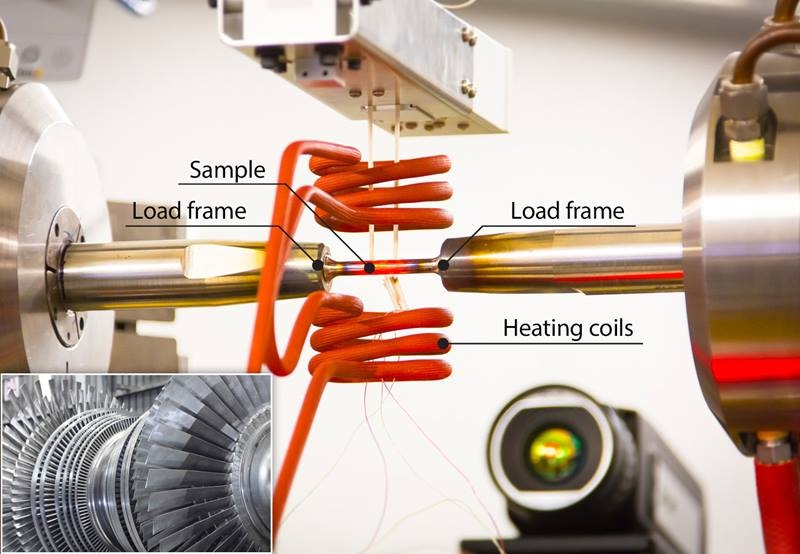
Even Superalloys Get Creeped Out From Stress
Researchers design superalloys by embedding particles in a metal matrix. The particles and matrix can deform differently under stress, causing components to fail. Researchers used neutrons to probe the internal stresses in two superalloys at high temperatures and loads to obtain new insights on deformation and validate mathematical models. This will lead to components with longer life and higher reliability.

TUFF TECHNOLOGY IS TAKING OFF
A high-performance composite material invented at the University of Delaware has earned $20M in federal funding in the last year to explore applications such as flying taxis and using robots to repair natural gas pipelines.
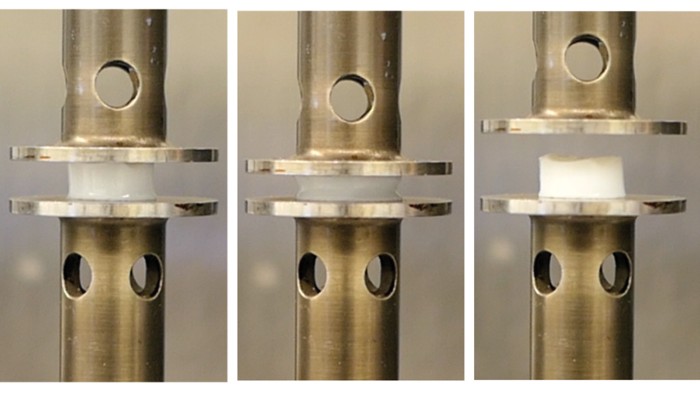
UChicago scientists invent material inspired by bone that can strengthen from vibration
Our bones adapt to strain and get stronger, and now robots could do the same. New research from Aaron Esser-Kahn demonstrates how a soft gel can become harder when exposed to vibration
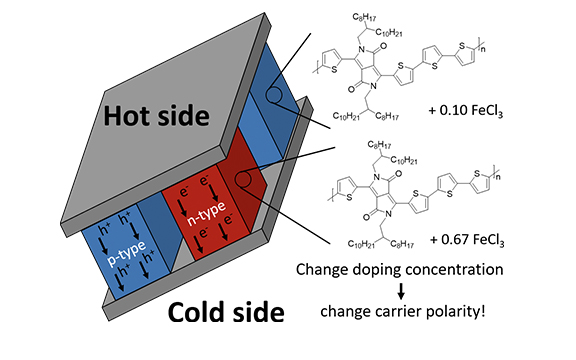
Chemistry Research Leads to Breakthrough in Development of Thermoelectric Devices
The discovery, published in Nature Materials, has potentially transformative consequences for the field.

Thin explosive films provide snapshot of how detonations start
Using thin films — no more than a few pieces of notebook paper thick — of a common explosive chemical, researchers from Sandia National Laboratories studied how small-scale explosions start and grow. These experiments advanced fundamental knowledge of detonations.

Science Snapshots: COVID-19, power outages, Alzheimer’s disease, and optical antennas
March Science Snapshots from Berkeley Lab
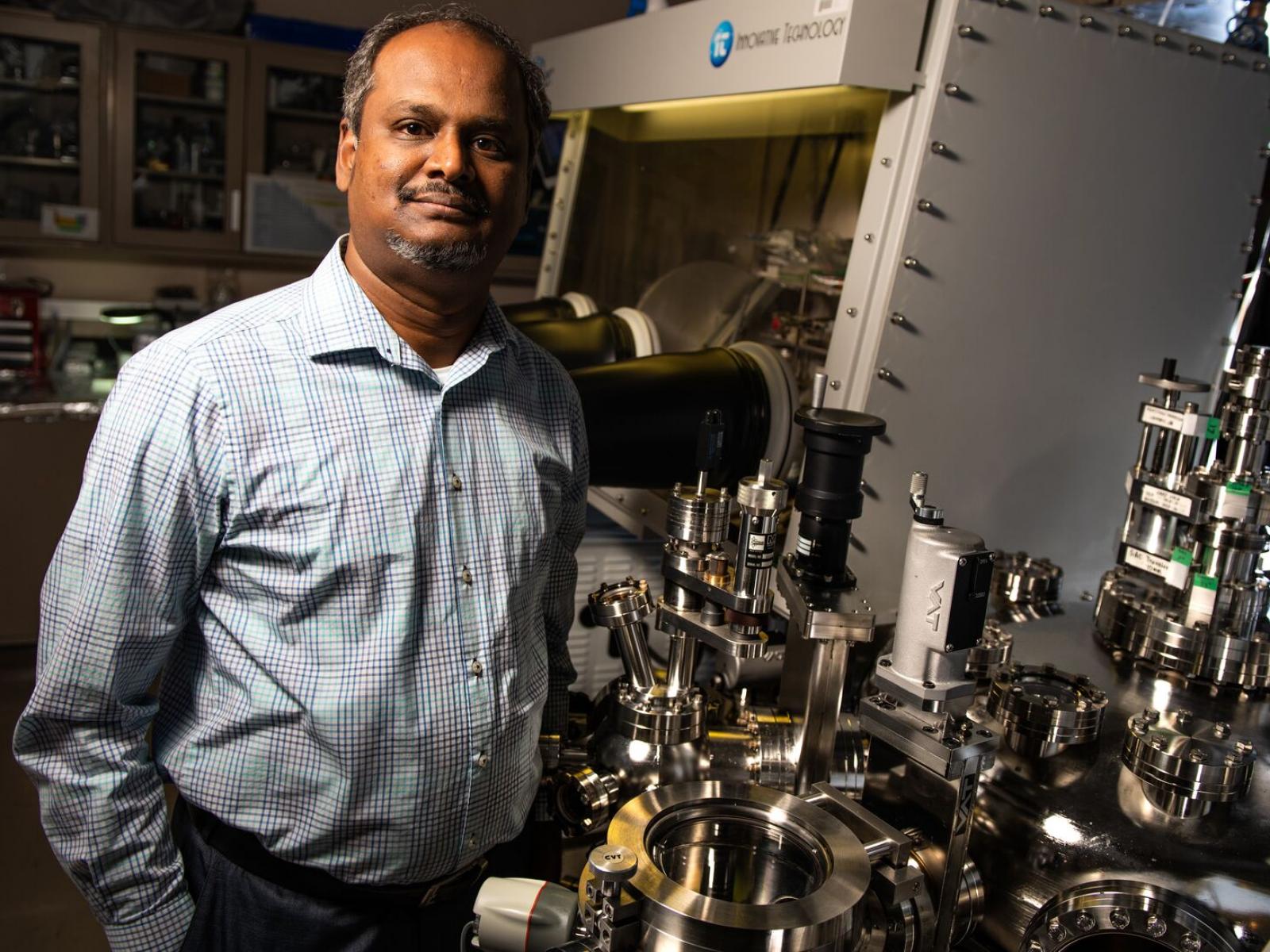
The Right Stuff to Find the Right Materials
As he prepares to enter PNNL’s Energy Sciences Center later this year, Vijayakumar ‘Vijay’ Murugesan is among DOE researchers exploring solutions to design and build transformative materials for batteries of the future.

PNNL Energy Sciences Center Will Help Realize Clean Energy Future
New 140,000-square-foot facility will advance fundamental chemistry and materials science for higher-performing, cost-effective catalysts and batteries, and other energy efficiency technologies.
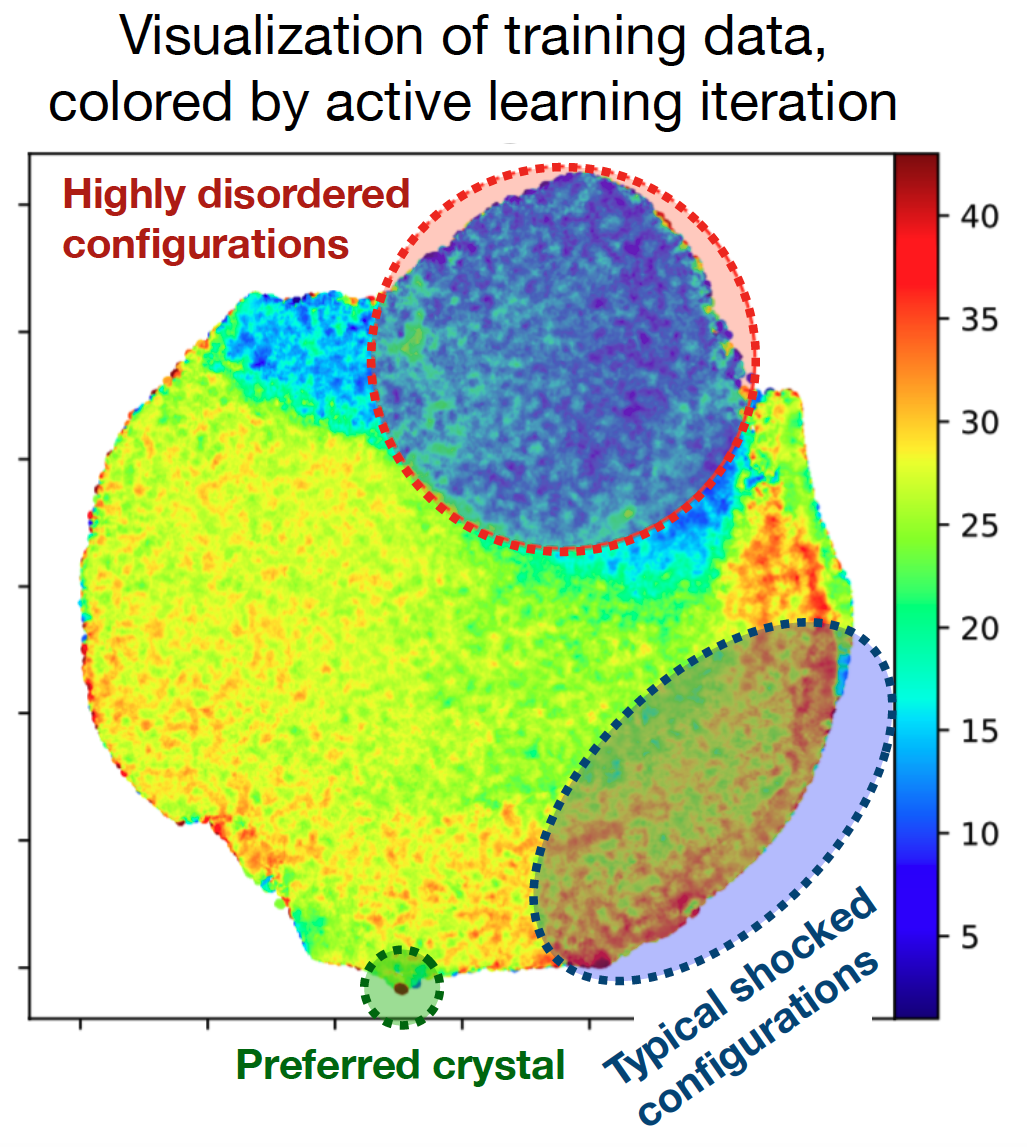
Machine learning aids in simulating dynamics of interacting atoms
A revolutionary machine-learning (ML) approach to simulate the motions of atoms in materials such as aluminum is described in this week’s Nature Communications journal.
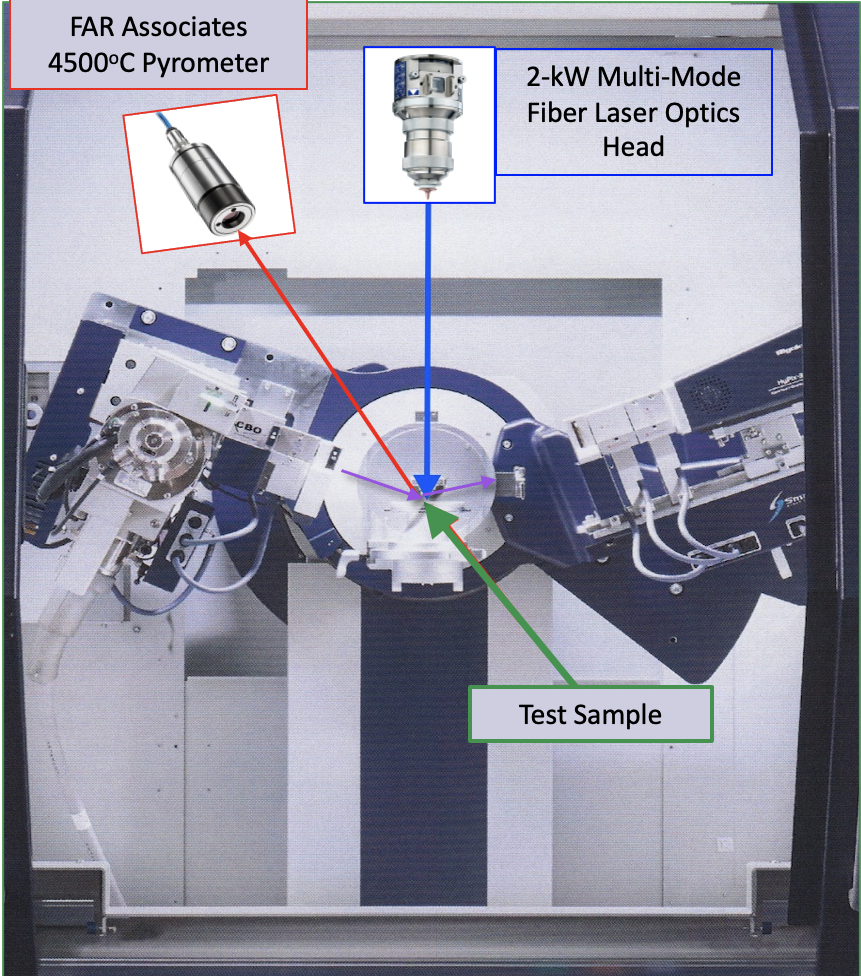
Tracking melting points above 4000 degrees Celsius
A materials engineer at the University of California San Diego is leading the development of a new research platform for studying high-performance materials, in particular new materials that melt above 4000 degrees Celsius (C). UC San Diego nanoengineering professor Kenneth Vecchio is leading the project, which is funded by a new $800,000 grant from the US Office of Naval Research (ONR), through the Defense University Research Instrumentation Program (DURIP).
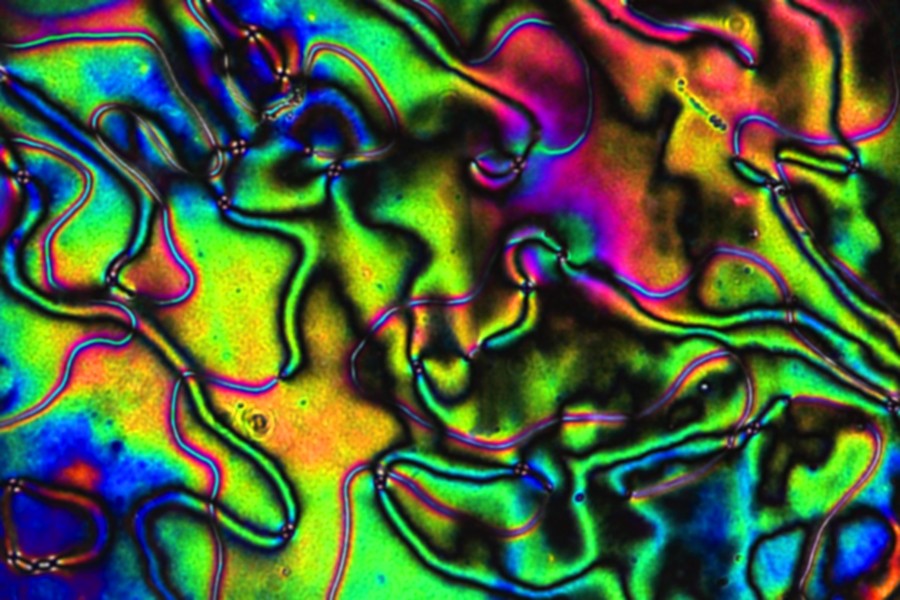
In New Step Towards Autonomous Materials, Researchers Design Patterns in Self-propelling Liquid Crystals
Imagine a capsule implanted in your body that automatically releases antibodies in response to a virus, or clothing that senses and captures contaminants from the air.
PME researchers have taken a step toward developing such autonomous materials by creating self-propelling liquid crystals and patterning their activity to control the movements of defects within the crystals.
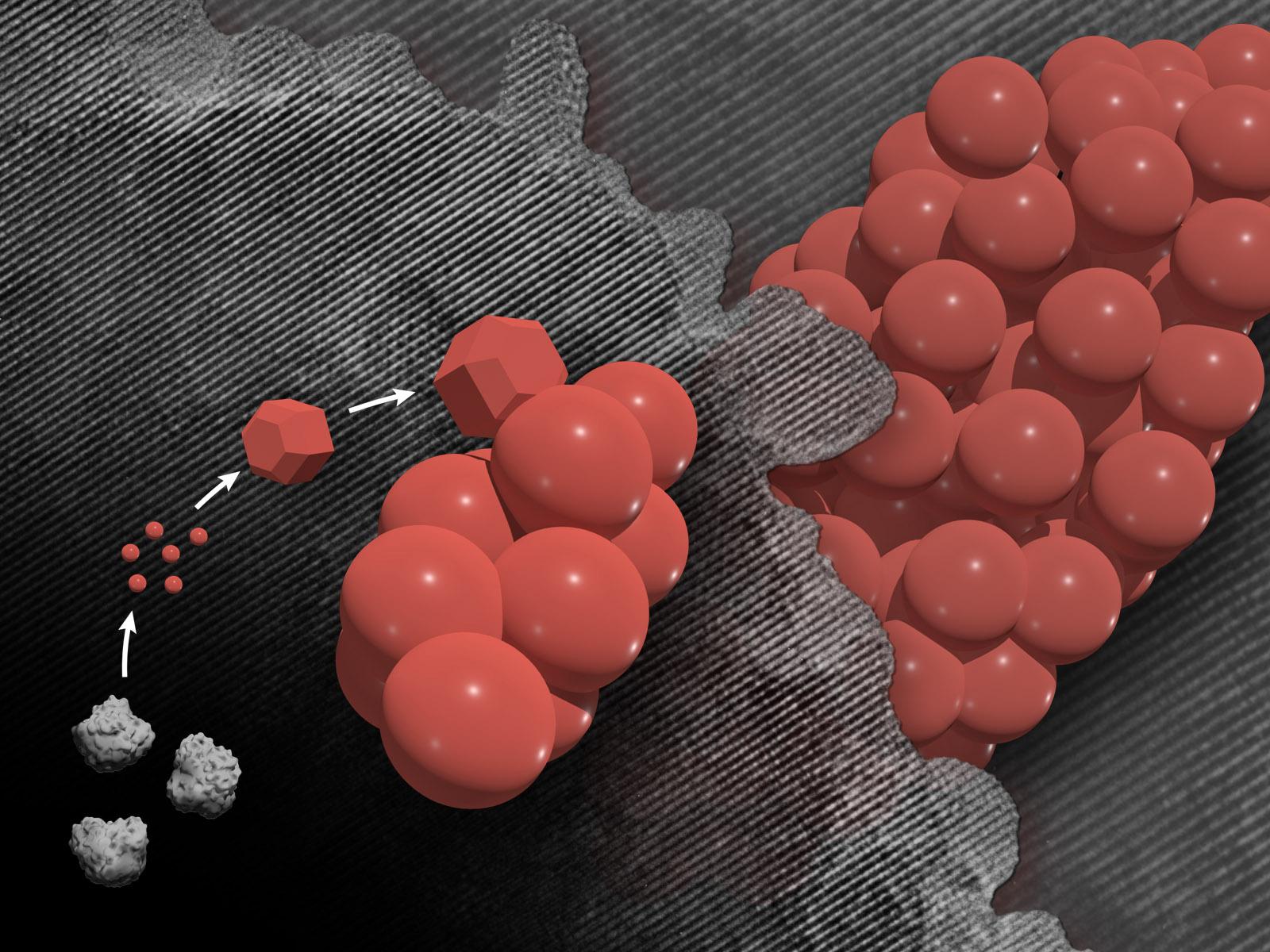
Upending Complex Crystal Formation
PNNL researchers discover a new route to forming complex crystals

Quantum computing enables simulations to unravel mysteries of magnetic materials
A multi-institutional team became the first to generate accurate results from materials science simulations on a quantum computer that can be verified with neutron scattering experiments and other practical techniques.
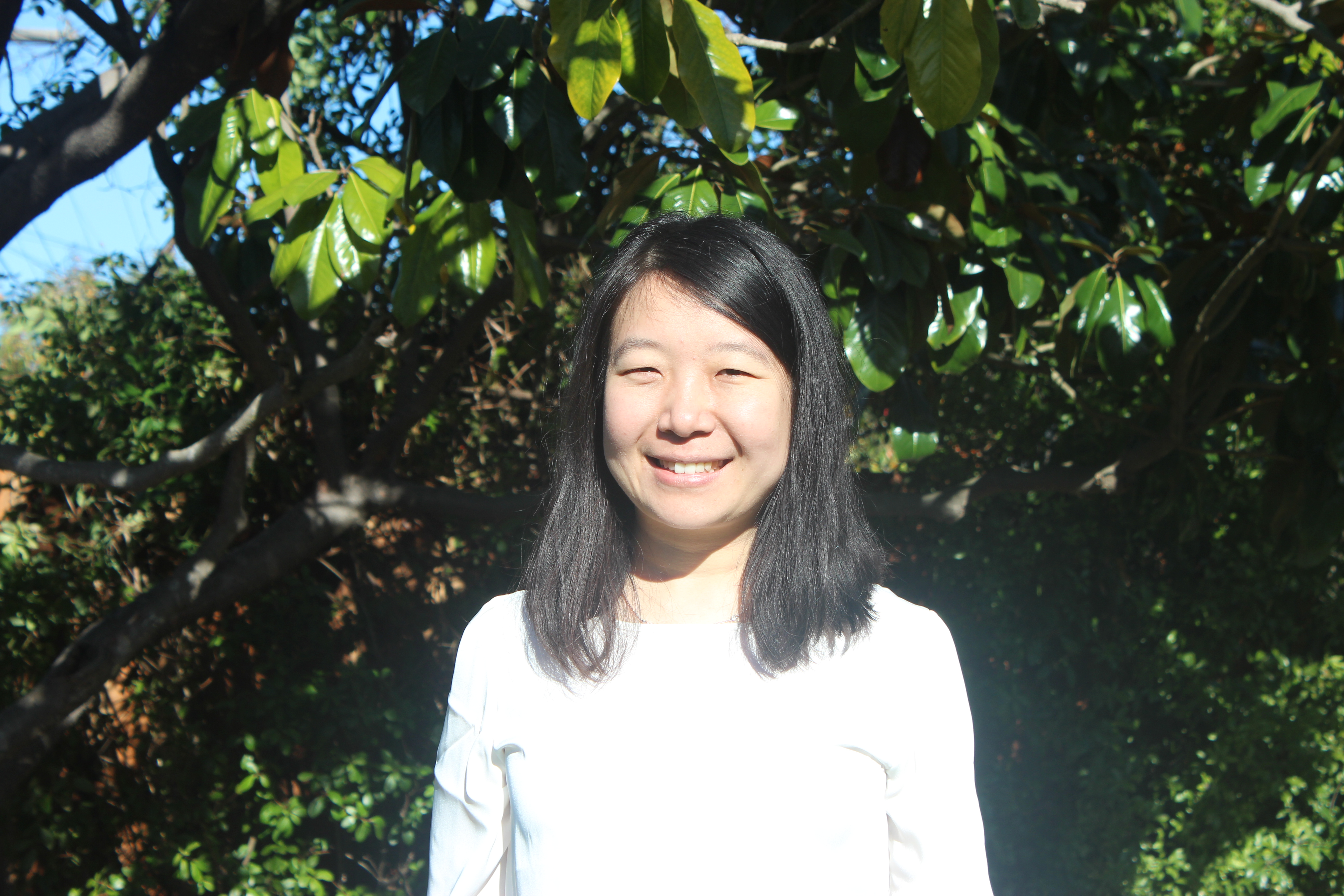
Designing Materials from First Principles with Yuan Ping
The UC Santa Cruz professor uses computing resources at Brookhaven Lab’s Center for Functional Nanomaterials to run calculations for quantum information science, spintronics, and energy research.
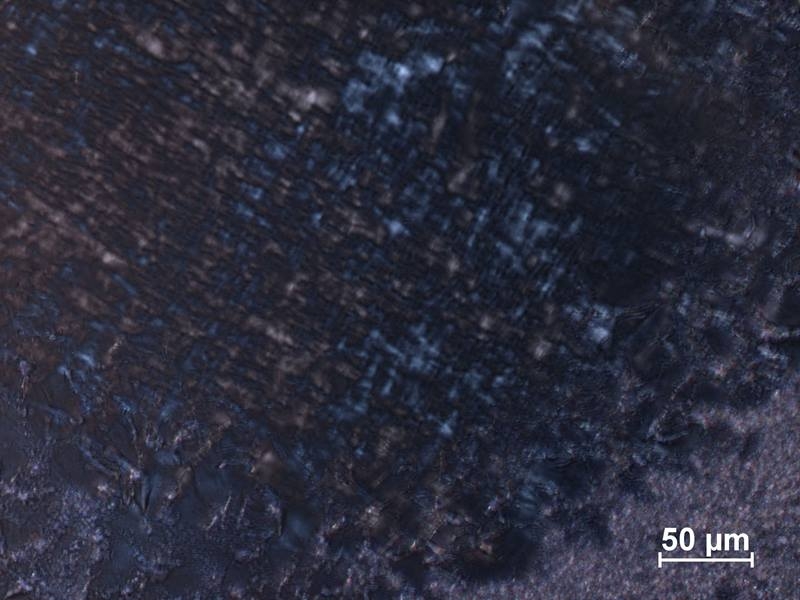
Designer Polymers Created from Peptide Bundles Promise Super-Strong Future Materials
New computer design methods pave the way for scientists to design and assemble bundles of peptides with specific size, shape, and display characteristics. Scientists can then link these customizable building blocks, called bundlemers, to produce a huge array of polymers.
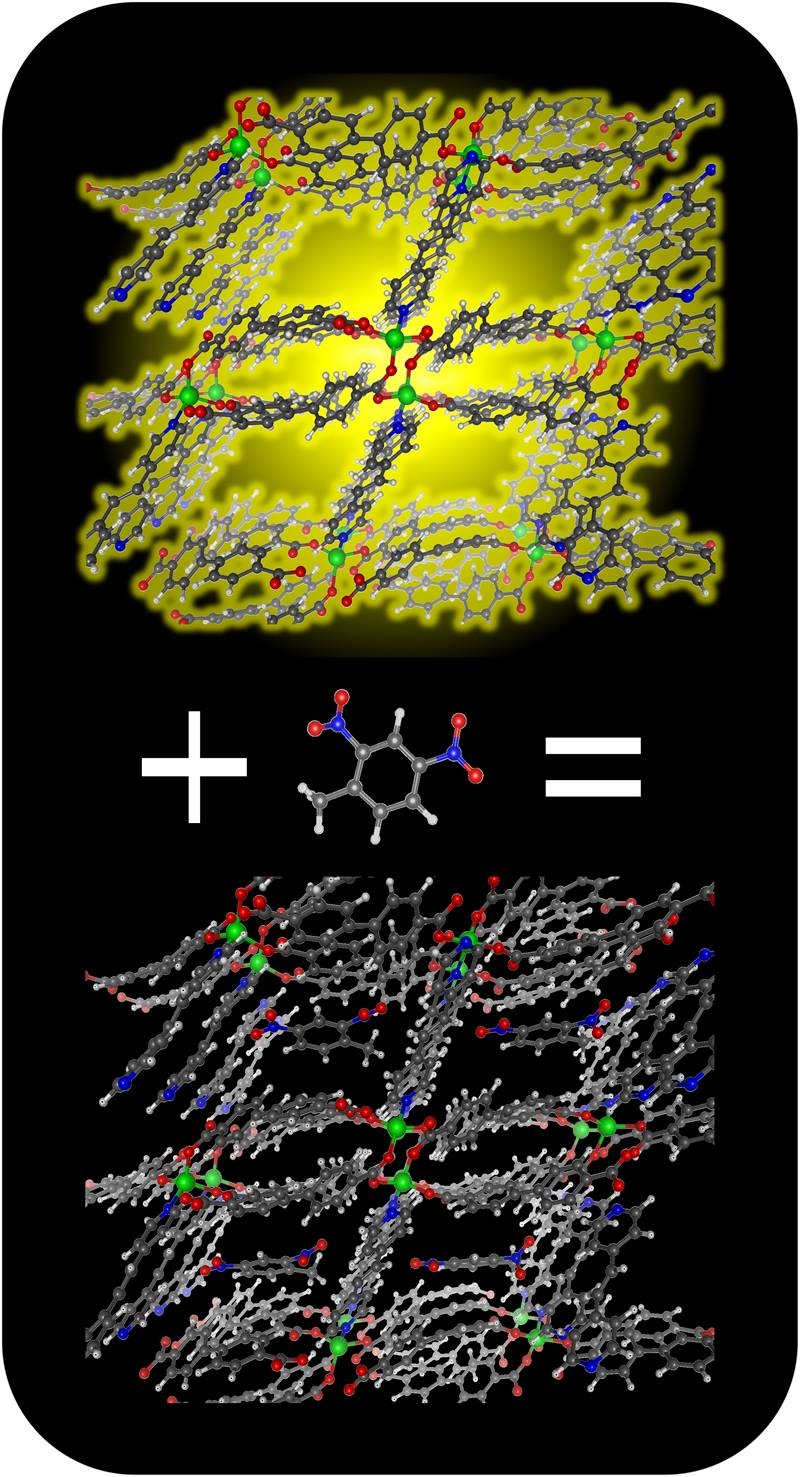
Fluorescent Metal Organic Frameworks Go Dark to Detect Explosives
Scientists recently investigated the factors that control fluorescent light signals from metal organic frameworks (MOFs). The light may turn on due to structural changes in the MOF and turn off due to reorganization of the electrons in the MOF. Understanding these factors advances researchers’ ability to design and use MOFs as chemical sensors.

Molecules Bend for Organic Electronics
Scientists have created a new type of electricity-conducting polymer containing both linear and ring elements. The new polymers have very different electronic properties than scientists would expect if the polymers simply added the contributions from each linear and ring component. The polymers open new avenues for moving energy within and between polymers.
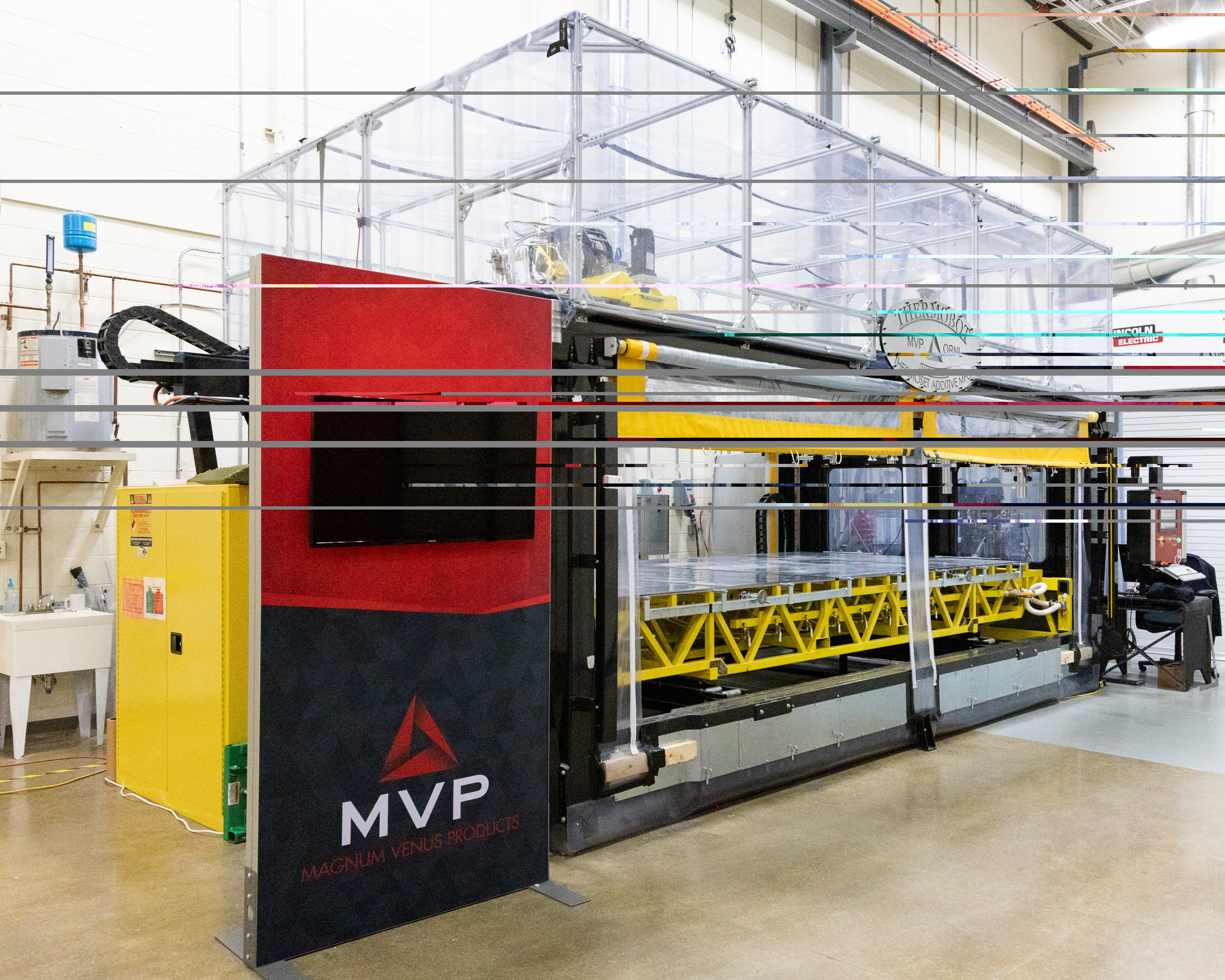
ORNL receives three 2021 FLC Awards for technology transfer
Three technologies developed by researchers at Oak Ridge National Laboratory have won National Technology Transfer Awards from the Federal Laboratory Consortium. The annual FLC Awards recognize significant accomplishments in transferring federal laboratory technologies to the marketplace.
The strategic position: How molecules sit on surfaces drives energy and electron transfer
Florida State University researchers seeking to make newer, more energy efficient materials have made a breakthrough in understanding how structure dictates electron transfer across surfaces. It all has to do with how the molecules are positioned. Ken Hanson, associate professor of chemistry, and his colleagues found that the way molecules assemble on an inorganic material plays a key role in how energy and electrical current move across these interfaces, thus driving the functionality.
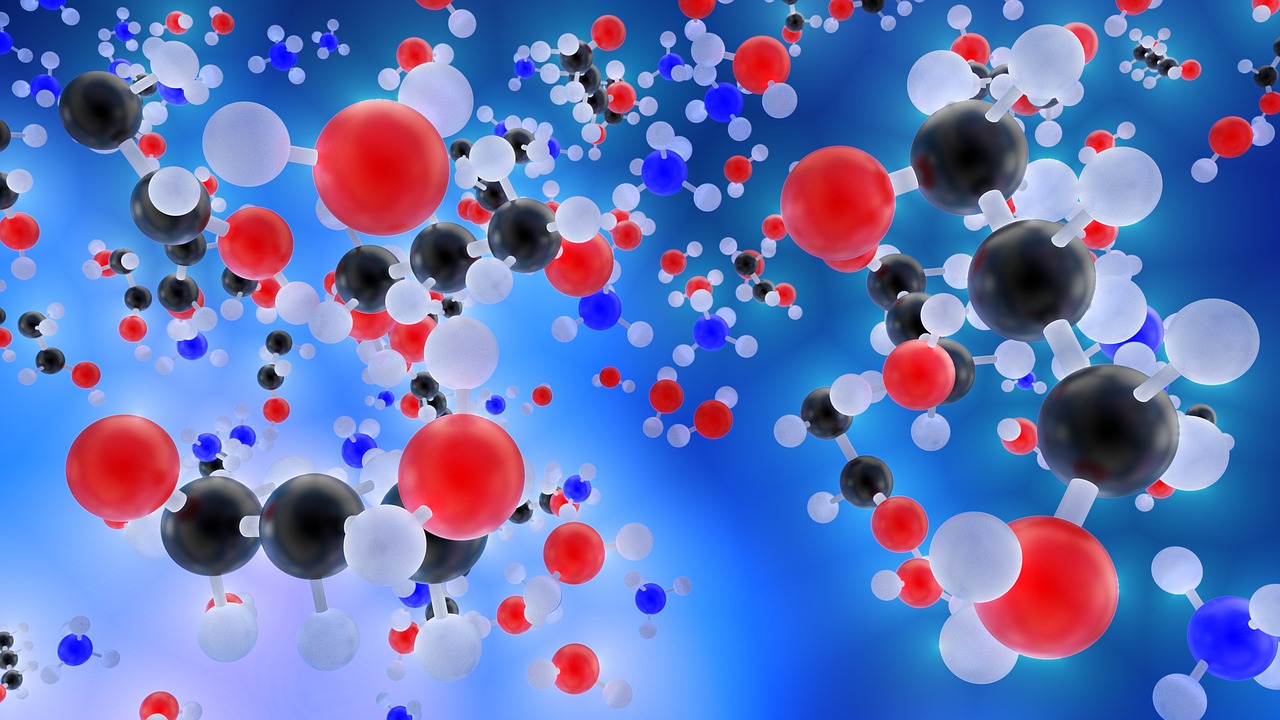
$500,000 grant funds creation of institute to advance AI for materials science
Funds from an NSF $500,000 grant will be used to bring together an interdisciplinary team of researchers with complementary expertise in artificial intelligence (AI) and material science to lay the groundwork for an AI-Enabled Materials Discovery, Design, and Synthesis (AIMS) Institute.
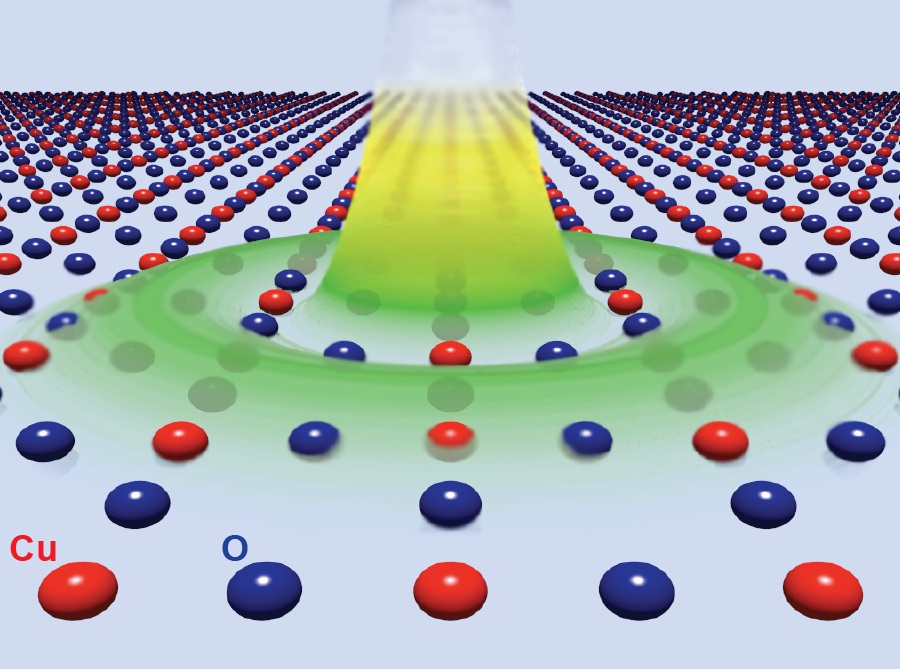
Copperizing the Complexity of Superconductivity
Copper oxides have the highest superconducting transition temperatures under normal conditions, but physicists aren’t sure why. A group of international researchers may have stumbled upon a major clue that could help revolutionize our understanding of these superconductive materials.
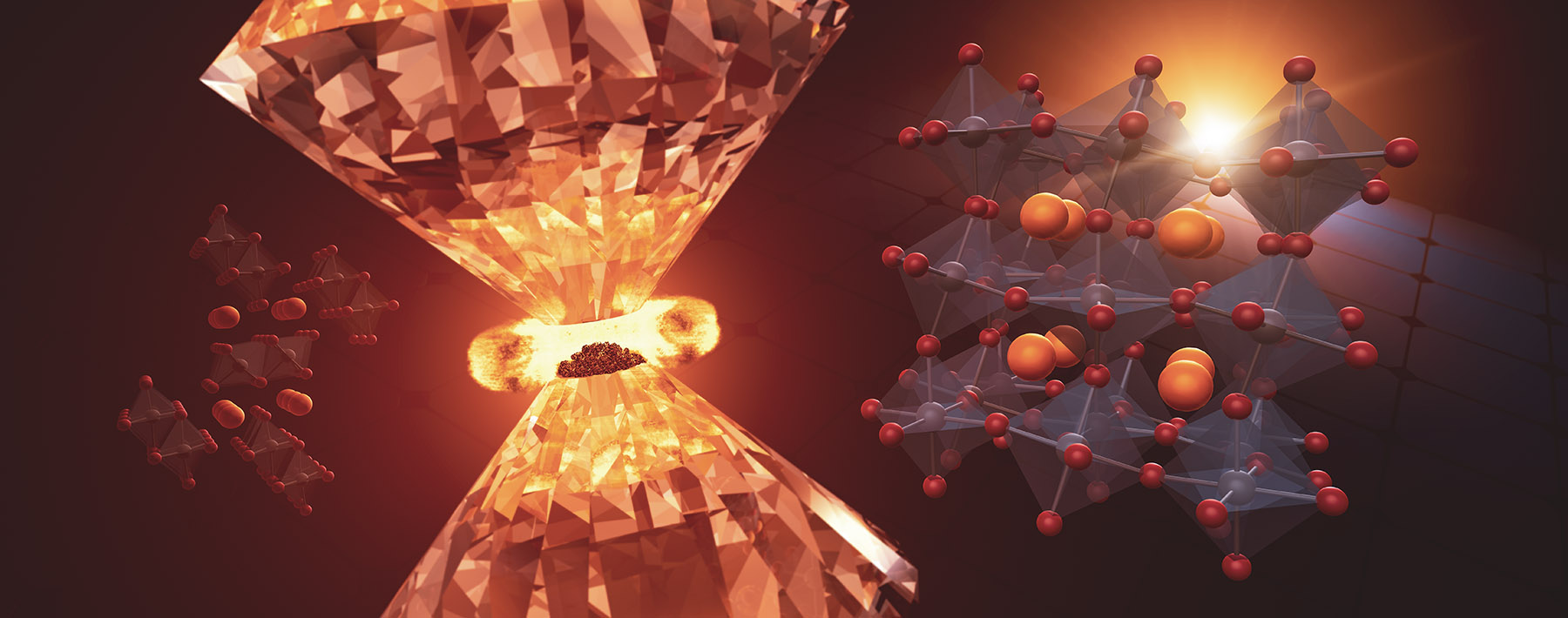
Squeezing a rock-star material could make it stable enough for solar cells
A promising lead halide perovskite is great at converting sunlight to electricity, but it breaks down at room temperature. Now scientists have discovered how to stabilize it with pressure from a diamond anvil cell. The required pressure is well within the reach of today’s manufacturing processes.
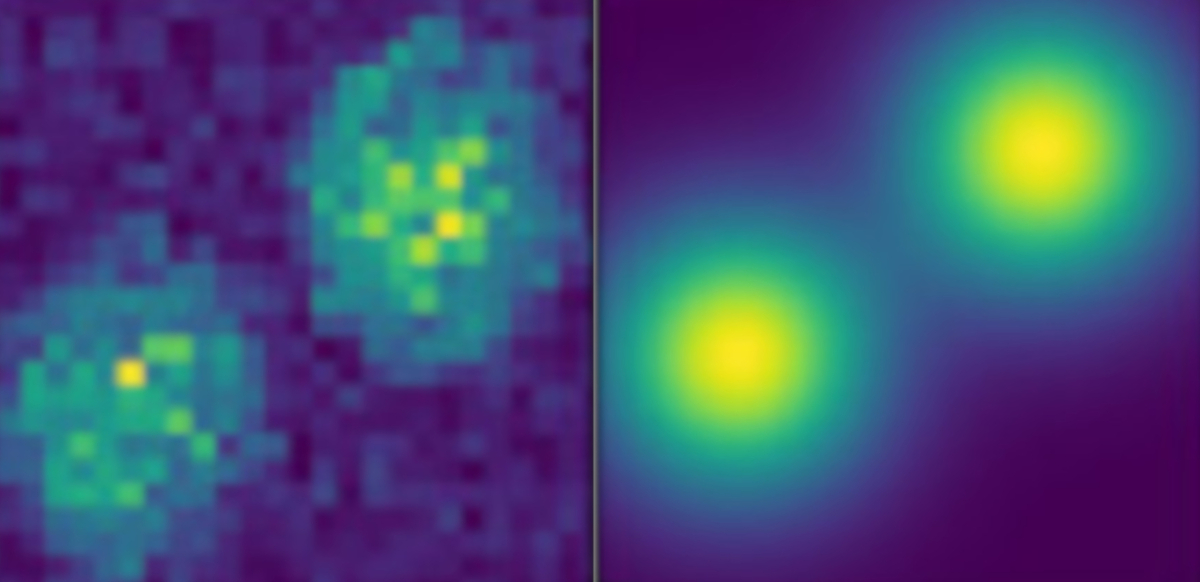
Shine On: Avalanching Nanoparticles Break Barriers to Imaging Cells in Real Time
A team of researchers co-led by Berkeley Lab and Columbia University has developed a new material called avalanching nanoparticles that, when used as a microscopic probe, offers a simpler approach to taking high-resolution, real-time snapshots of a cell’s inner workings at the nanoscale.
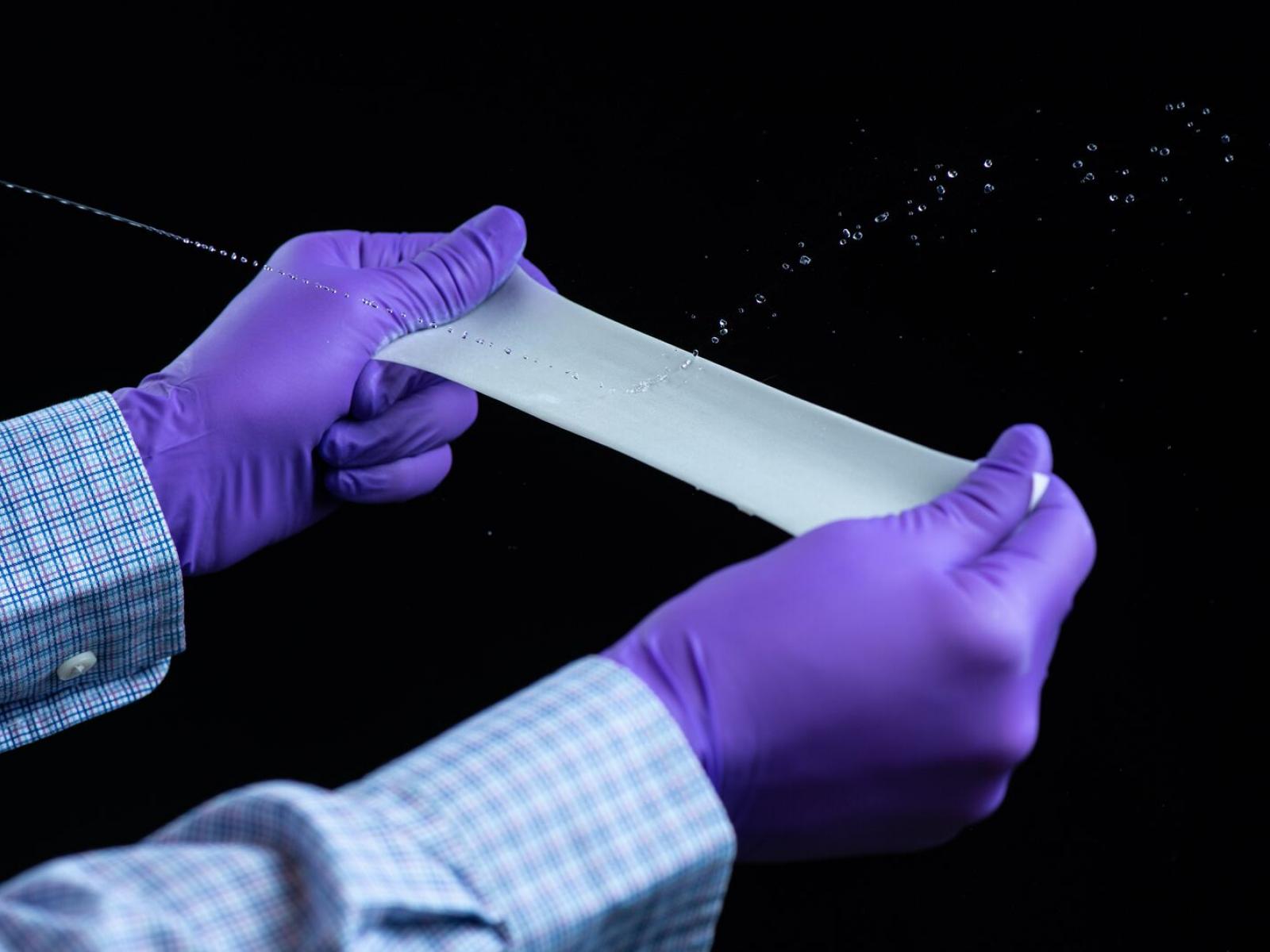
ElastiDry Wins DOE National Pitch Competition
A panel of five judges from the Bay Area and Silicon Valley investment community chose the PNNL innovation from 10 product pitches.
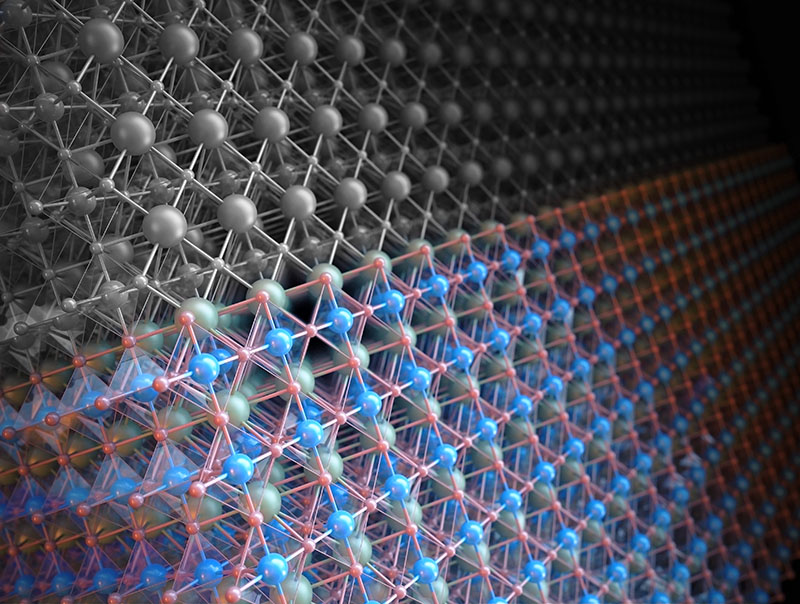
Study shows tweaking one layer of atoms on a catalyst’s surface can make it work better
When an LNO catalyst with a nickel-rich surface carries out a water-splitting reaction, its surface atoms rearrange from a cubic to a hexagonal pattern and its efficiency doubles. Deliberately engineering the surface to take advantage of this phenomenon offers a way to design better catalysts.
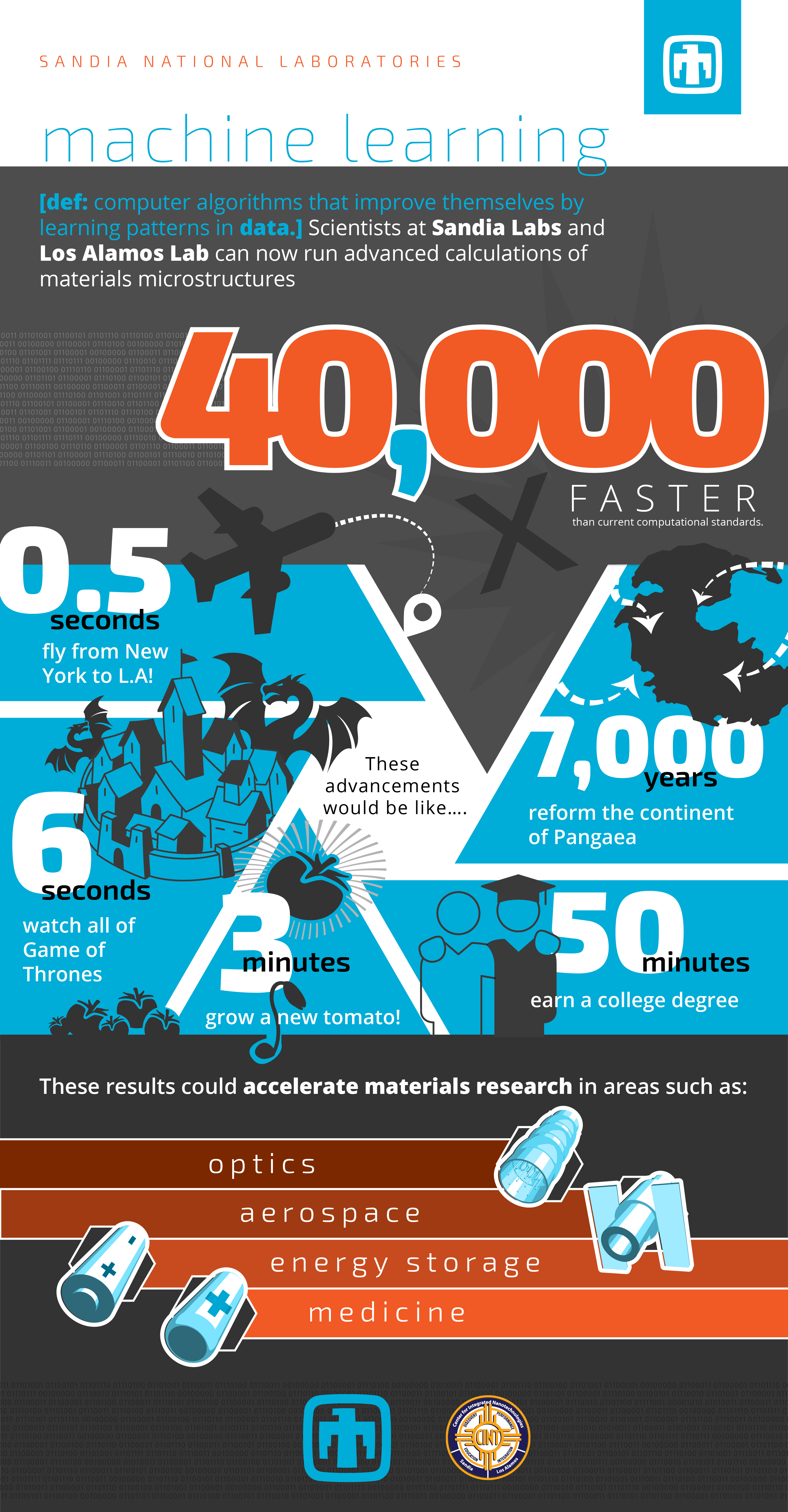
Advanced materials in a snap
A research team at Sandia National Laboratories has successfully used machine learning — computer algorithms that improve themselves by learning patterns in data — to complete cumbersome materials science calculations more than 40,000 times faster than normal.
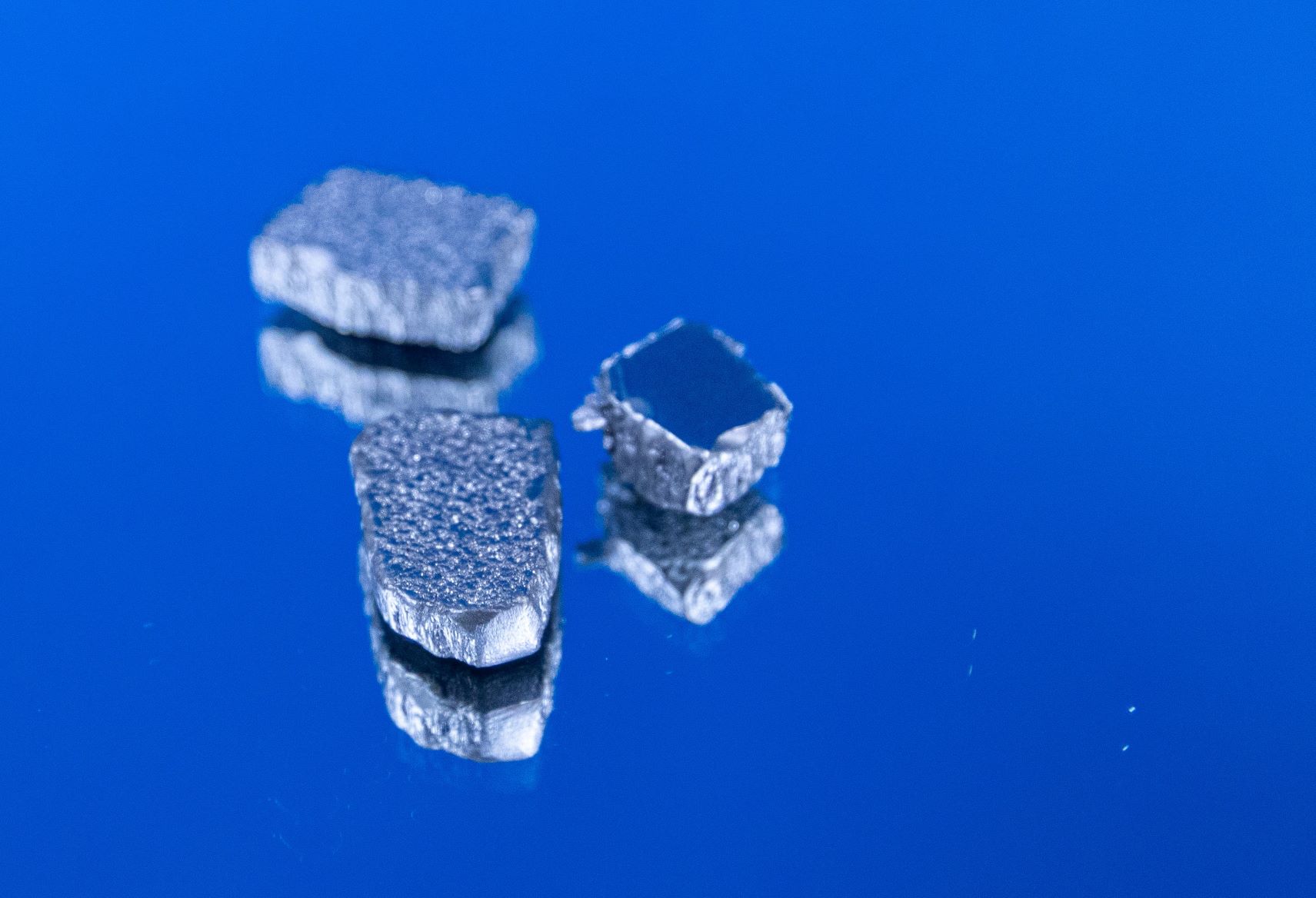
Scientists look to meteorites for inspiration to achieve critical element-free permanent magnet
The U.S. Department of Energy’s (DOE’s) Critical Materials Institute has developed a low-cost, high performance permanent magnet by drawing inspiration from an out-of-this-world source: iron-nickel alloys in meteorites. The magnet rivals widely used “Alnico” magnets in magnetic strength and has the potential to fill a strong demand for rare-earth- and cobalt-free magnets in the market.